It’s easier than you think
Maybe you’re new to composting and don’t know where to start. Perhaps you tried to read your local guidelines and ended up more confused than when you started. Maybe you’re only trying to collect organics because your nephew said you should be, and you want to be the cool, progressive aunt or uncle. We’ve all been there. Separating our organics from our recycling and trash is a relatively new thing that many of us didn’t grow up doing. And, although the best time to have started was 10 years ago, the second-best time is right now. So, let’s figure this out, shall we?
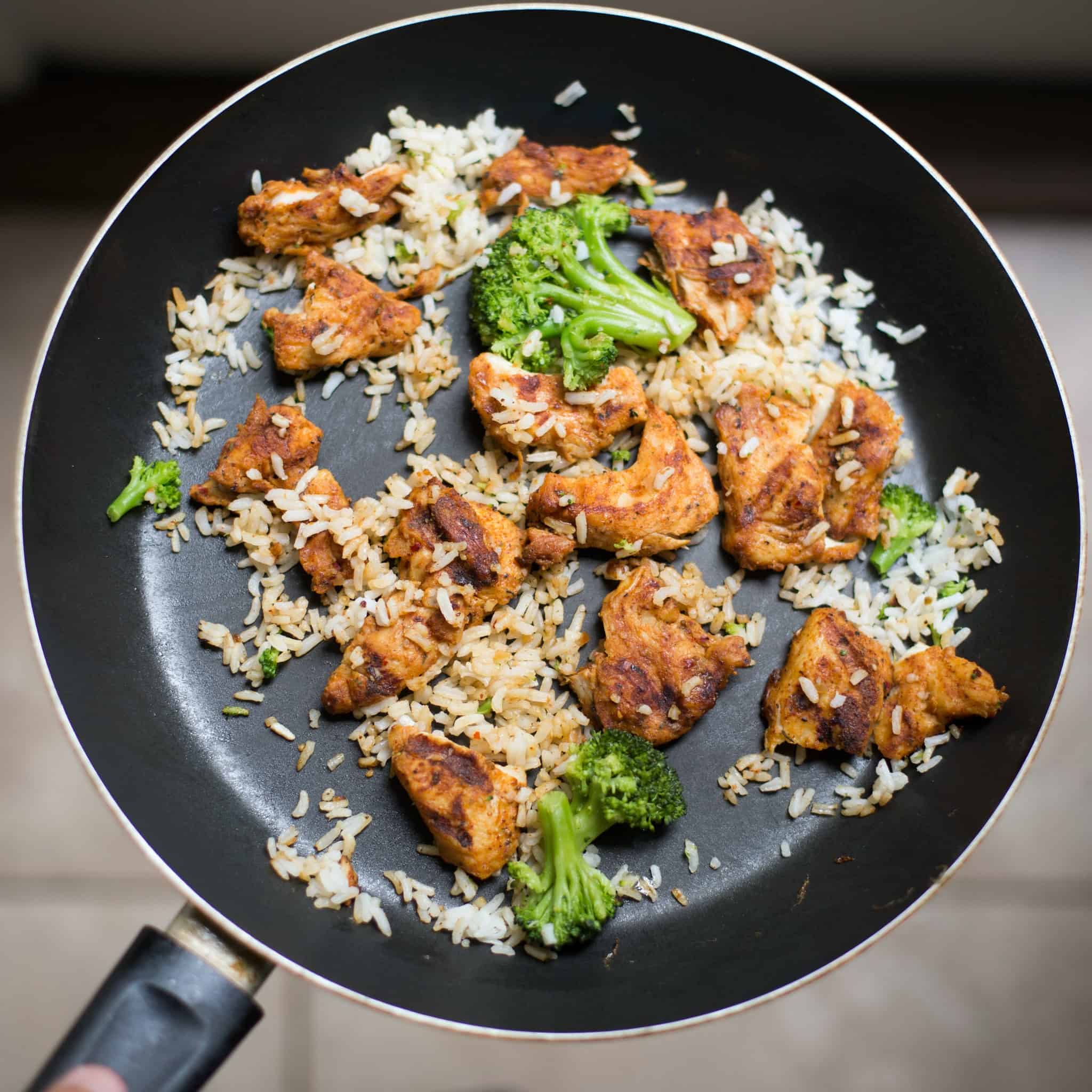
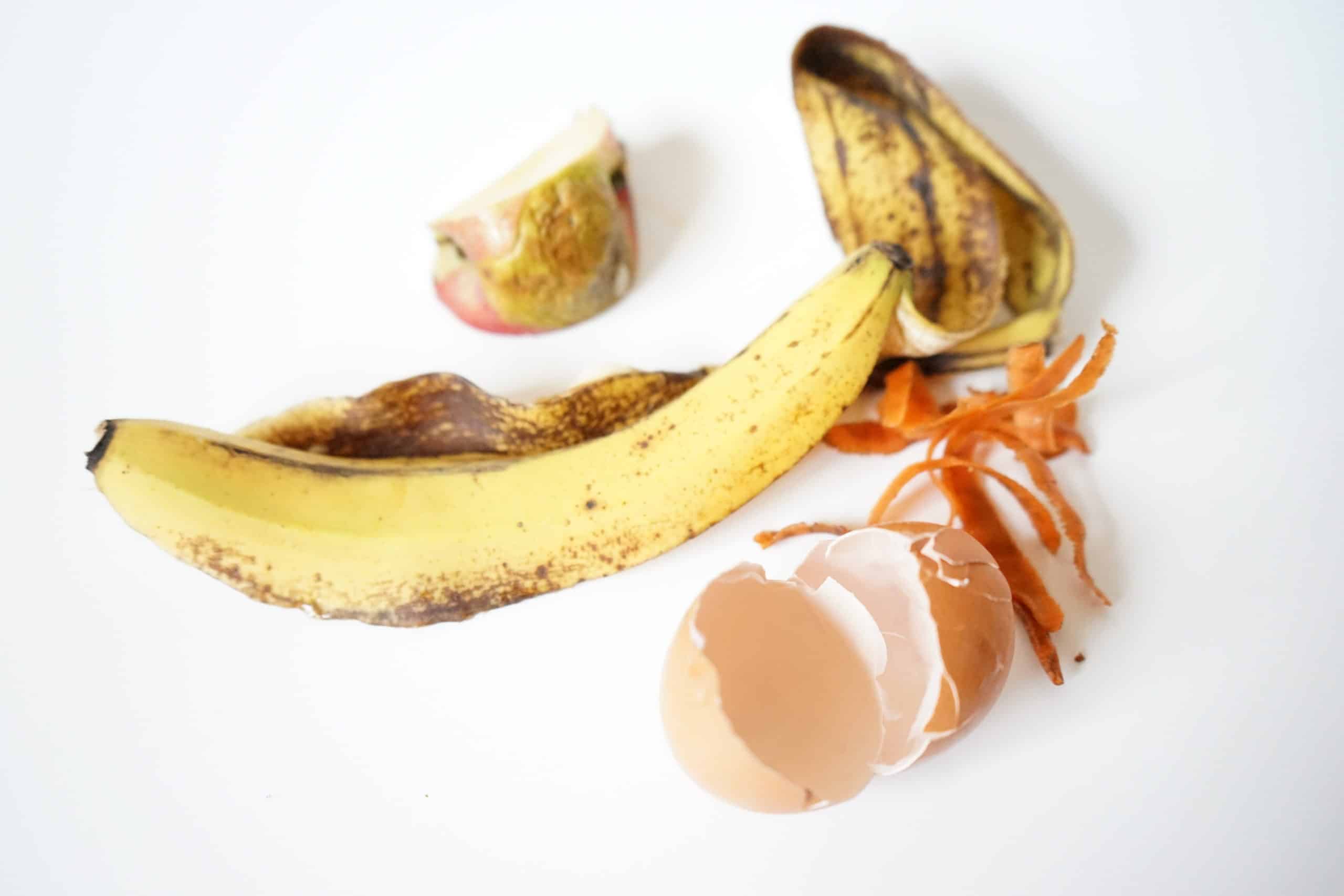

#1 – If it can be eaten, it can be composted
All food is compostable. Hard stop, no caveats. It doesn’t matter if It’s an apple that you picked from the tree yourself, or the most processed piece of new candy product on the market. If your body can process it, so can your composter. Feel free to put your leftovers that won’t keep, or that cheese that’s not supposed to be blue right into your green bin.
#2 – If it was grown, it can be composted
Everything that’s grown can be composted. That means that all the peels, husks, shells, and bones from the food you eat are compostable. It’s the natural cycle that these things would normally follow. In nature, these things would fall, or be left on the ground and over months or years they would decompose into the soil. The composter that receives the contents of your green bin is just accelerating the natural cycle with advantageous conditions like access to oxygen, pressure, agitation, and heat that get bacteria excited to do their job converting your organic waste into compost. But remember, unlike in nature, you have to take any stickers or add-ons off before it goes in the green bin.
#3 – Paper can be recycled AND composted
Paper can be a bit tricky because there are a few factors that can affect whether or not it belongs in the recycling bin, green bin, or garbage bin. The absolute best rule to follow is “when in doubt, throw it out”.
Here’s how to tell if paper products you have belong in the green bin. Any clean paper or cardboard should be put in the recycling bin. The only reason to put a paper product in your green bin is if it has food products (like oil) soaked into it. For example, if you order pizza and the box comes with grease spots all over it, that box can no longer be recycled and should be composted.
The tricky part comes in determining if the paper is compostable to begin with. Only natural fiber paper is compostable. That’s a difficult way of saying that things like newspaper, cardboard, and napkins/paper towels are compostable, whereas things like a Starbucks cup is not. Most paper that is meant to hold any kind of liquid or wet food is not compostable because the paper needs to be lined with a wax coating so that the liquid doesn’t soak into the paper container. Again, when in doubt, throw it out.
#4 – Certified Compostable Products
By far the easiest way to know if something is compostable is to check for certifications. In North America, the most common ones you’ll see are BPI, CMA, BNQ and occasionally TUV. Each have their differences, but they all mean that the product is compostable.
A BPI certification means that the products has been tested and will successfully break down in a laboratory test. You’ll often see product referencing a D6400 testing standard which is what BPI uses.
CMA works with composters to test products in different types of composting facilities and give them a pass/fail based on their ability to break down in each type.
BNQ is similar to BPI but operates exclusively in Quebec
TUV is also similar to BPI but operates in Europe.
If you see a product with one or more of these certifications, it is likely that they are accepted in your green bin. That being said, every region has access to different composting capabilities, so it’s important to check your local guidelines when it comes to certified compostable products that aren’t food scraps or food-soiled paper.”
BPI – Biodegradable Products Institute
A BPI certification means that the products has been tested and will successfully break down in a laboratory test. You’ll often see product referencing a D6400 testing standard which is what BPI uses.
CMA – Compost Manufacturing Alliance
CMA works with composters to test products in different types of composting facilities and give them a pass/fail based on their ability to break down in each type.
BNQ – Bureau de Normalisation du Québec
BNQ is similar to BPI but operates exclusively in Quebec and has their own set of standards.
If you see a product with one or more of these certifications, it is likely that they are accepted in your green bin. That being said, every region has access to different composting capabilities, so it’s important to check your local guidelines when it comes to certified compostable products that aren’t food scraps or food-soiled paper.

#5 – Imposters and Tricky Products
This is where most people are hesitant because nobody wants to get tricked into buying or using an environmentally friendly product that turns out not to be good for the environment. “Green washing” is an unfortunate side of the environmental industry. It’s easier to say your products are green than to actually make your products that way. Unfortunately, there are companies out there that will use words and phrases to make things seem like they are compostable even though they are not. Here is a guide about different compostable bag options, but in general, you wan to avoid the following green washing terms:
- Biodegradable
- Oxo-degradable
- Eco-friendly
- Bio-based
- Made from natural materials
The only word that you want to see on a product that you want to put in your green bin is “compostable”. Every compostable product on the market will use this word. However, if any non-compostable products put the word “compostable” on their product, they would be opening themselves up to a lot of legal problems.
TLDR; When in doubt, throw it out!
Non-compostable items in the green bin make the whole process of recovering your organic waste and turning it into compost much more difficult. In more extreme cases, it can even make the process too expensive or even impossible. Collecting most of your organic waste with zero contamination is much better than collecting all of it with some contamination.
We hope this helps. Please check out our other blogs, and social media for even more information.
Food loss and waste occur at each stage of the supply chain. The biggest proportion (about 37%) happens in the home.
ReFED, 2021


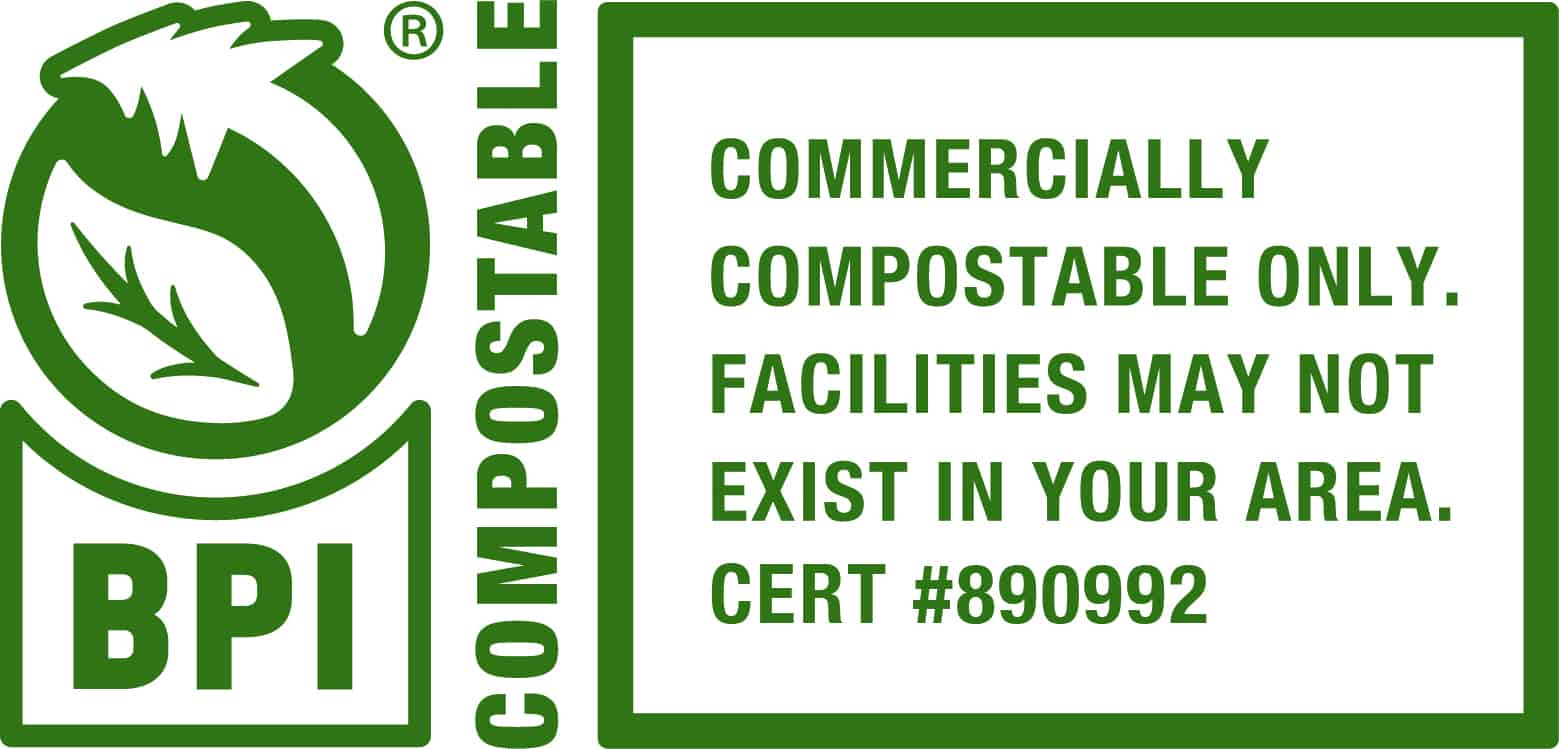
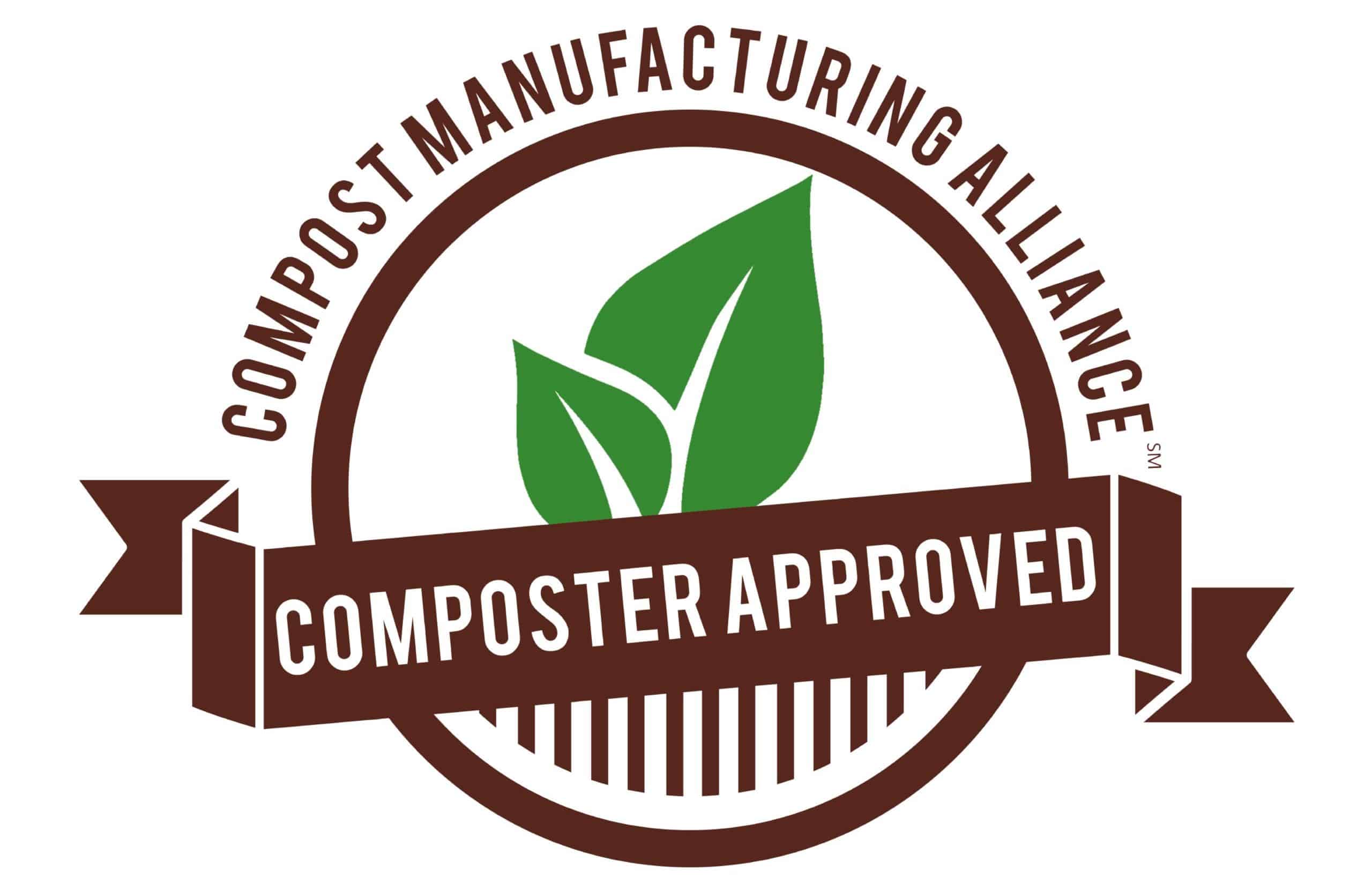
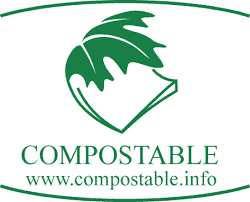
Can I put potting soil in the organic waste recycling green.
Soil is something that programs handle differently. For the most part, I would say it’s best to avoid putting soil in your green bin unless you are sure that it is accepted. The best thing to do would be to check your local guidelines to find out for sure.